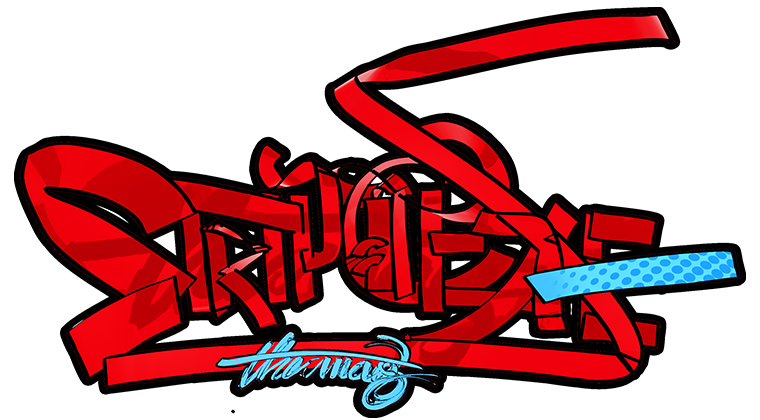Lost+Brain: A Review
 A genius high school student gets tired of the world around him as he finds it boring and in his opinion, populated with weak, pathetic and unmotivated people. After realising he can control the actions of anyone he chooses, he decides to recreate the world in his image, purging all the weakness from it.
A genius high school student gets tired of the world around him as he finds it boring and in his opinion, populated with weak, pathetic and unmotivated people. After realising he can control the actions of anyone he chooses, he decides to recreate the world in his image, purging all the weakness from it.
Anyone familiar with the psychological thriller that is Death Note, will find the theme for Lost+Brain to be remarkably similar. In fact, shortly after the manga’s first serialisation it was heavily criticised for its similarity to Death Note, particularly the similarity in the ages of the protagonists and the role of anti-hero that both play. Progressing through the story of Lost+Brain however, a marked disparity in the plot becomes apparent, weakening further comparisons between the two as Lost+Brain lacks the supernatural mystery element which Death Note exemplifies beautifully.
Hiyama Ren, the protagonist in Lost+Brain, discovers the powers of hypnotism and realises its potential in his quest to change the world. He chooses to attempt mass hypnotism in lieu of the more careful and controlled approach of hypnotising key people at critical moments. A large part of the story is dedicated to him setting the stage for the mass hypnotism. Special attention has been given to the limitations of hypnotism – it is not possible to make someone perform an act that is against their base nature or generic hypnosis is only possible if the people targeted are in a certain physical and mental state. Ren’s ability to work around these limitations is what drives the story forward. This is helped by the fact that at each step of the process there is a lengthy and detailed explanation of the procedure that was used and the effect that is expected on the hypnosis subjects.
A good example of this is seen early on when Ren addresses a private assembly of students in his school and alters their perception of  the passage of time. He achieves this with the aid of flashing the lights in the assembly hall. In the beginning the lights flash at a specific interval. Drawing attention to this fact he lets everyone know the rate of the flashing lights and then as he makes his speech he very slowly reduces the interval between each flash. No one picks up on the change as it is a miniscule change. Over a fifteen-minute period however these small changes add up and provide the illusion Ren aimed for. Having removed all visible clocks and watches, the students mistakenly assume a larger amount of time has passed because of the increased frequency of flashing lights.
the passage of time. He achieves this with the aid of flashing the lights in the assembly hall. In the beginning the lights flash at a specific interval. Drawing attention to this fact he lets everyone know the rate of the flashing lights and then as he makes his speech he very slowly reduces the interval between each flash. No one picks up on the change as it is a miniscule change. Over a fifteen-minute period however these small changes add up and provide the illusion Ren aimed for. Having removed all visible clocks and watches, the students mistakenly assume a larger amount of time has passed because of the increased frequency of flashing lights.
The tragedy is that on its own Lost+Brain is a good, entertaining read. It is only the repeated comparisons, drawn against Death Note that dilute the experience for the reader. A stronger, and more intelligent opposition to Ren’s plans along with a less predictable plot structure would have boosted this manga’s status immeasurably and possibly allowed it to capitalise on the vacuum that is created as an enthralled reader finishes Death Note and realises apart from Code Geass there are few alternative titles that provide a similar level of enjoyment. As it stands however, for any manga enthusiast who is on the hunt for a story similar to Death Note, Lost+Brain should certainly be given a read.

